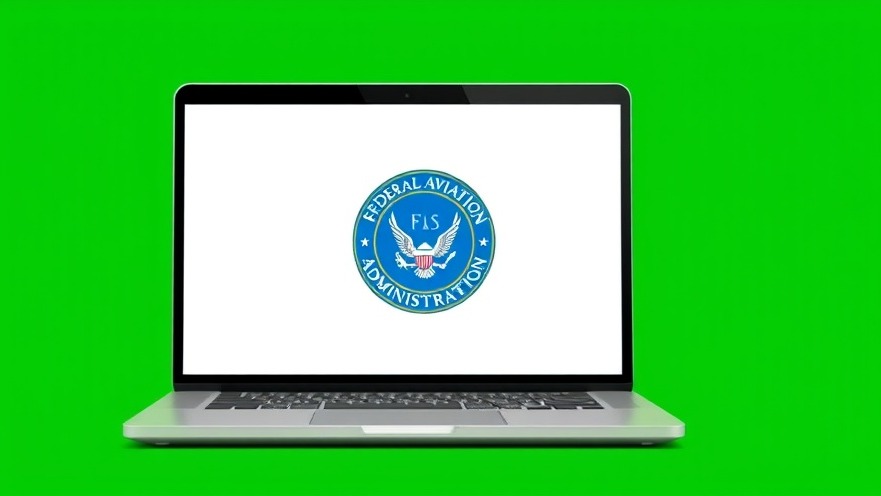
Unlocking Your Remote Pilot Certification: A Step-by-Step Guide
Having aced the FAA Part 107 exam is an impressive milestone for any aspiring remote pilot, but the journey doesn't end there. The final step to legally operate as a commercial drone pilot involves applying for your remote pilot certificate through the FAA's IACRA system. This process is essential for flying under Part 107 regulations and is critical for anyone looking to turn their drone hobby into a professional venture.
In the video How to Apply for a Remote Pilot Certificate (FAA Part 107), the discussion dives into the essential steps for obtaining a remote pilot certificate, prompting further exploration on this critical topic.
Navigating the IACRA System
As highlighted in the video How to Apply for a Remote Pilot Certificate (FAA Part 107), the application process can be straightforward if you follow the steps carefully. For starters, it's important to use compatible web browsers such as Chrome or Firefox, as the IACRA site has compatibility issues with Safari. After logging in, you're prompted to begin a new application where you'll specify the application type as pilot and select 'Remote Pilot Initial.'
Collecting Necessary Details
Your personal information will auto-populate from your previous test registration. It's essential to confirm its accuracy to avoid delays. You'll also answer key questions about language proficiency and any past drug convictions, maintaining transparency throughout the application process. Additionally, you will need your government-issued ID and knowledge test ID, so having those documents ready will make things smoother.
Review and Submission: Cross Your T's and Dot Your I's
Once your application is filled out, it’s time for the review. You'll be asked about any previous denials of certification, which is critical information for the FAA to assess. Additionally, you're required to review the Pilot's Bill of Rights, the Privacy Act, and your full application. This indicates the FAA's commitment to transparency and informed consent for all pilots.
What to Expect Post-Submission
After your application is electronically submitted, expect a short wait—typically around seven days—before receiving your temporary remote pilot certificate in your email. It’s vital to print this certificate and carry it while flying, as it legally enables you to operate under Part 107 regulations. Don’t forget, your permanent certificate will arrive by mail within six to eight weeks.
The Bigger Picture: Why Certification Matters
For drone enthusiasts ranging from tech-savvy hobbyists to industry professionals, understanding the certification process is paramount. Obtaining your remote pilot certificate isn't just about following regulations; it opens up numerous professional opportunities across various fields such as real estate, agriculture, and disaster response. Being certified not only enhances your credibility but also demonstrates a commitment to safe and responsible drone operation.
In conclusion, as you embark on your remote pilot journey, follow these steps meticulously to ensure a smooth application process. If you have any questions about the certification process or want to share your experience, feel free to leave a comment below. Don't forget to subscribe for more insightful content on the latest in drone technology!
 Add Row
Add Row  Add
Add 




Write A Comment